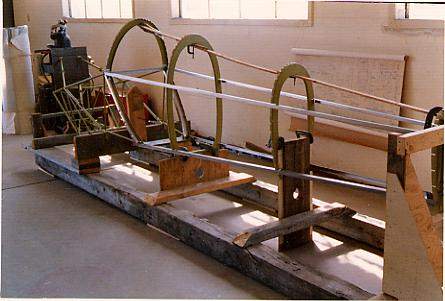-
Posts
105 -
Joined
-
Last visited
Content Type
Profiles
Forums
Blogs
Gallery
Downloads
Media Demo
Events
Everything posted by Kevin Harberg
-
I wish I had the woodworking skills required for the "Amateur Built" Class (Canada's "EXPERIMENTAL" or "Homebuilt Class). After watching the rebuild of C-GXTR's M-18 wooden wing when I was a kid, I remarked to the AME that I would love to have an M20 wing for him to build a large 2 place tandem Mooney (with stick control). I thought of that immediately when I saw the photo in the post. Here's the M-18 wing rebuild. (I don't know why it is in black and white, they had colour cameras when I was a kid!).
-
You wouldn't, would you? We have excellent wood working Aircraft Maintenance Engineers here in Canada that have restored wings that Transport Canada thought were beyond repair, but the AME's endured the process to re-certification. May not always be cost effective, but keeps them flying.
-
Just curious to see if anyone has tried this. I had logged about 400 hours in my father's 1966 M20C (same as shown, even same colour), but never attempted to stop the prop inflight.
-
Here's the introduction add for the M20 placed on the last page of the 1953 M18 (Mite) sales brochure.
-
Great to see that a few more Mite parts found their path to future flight. They appear to be new old stock. Your finished project can't help but be an award winner. Progress pics show 1st class workmanship and material throughout build.
-
Loved the A Model. My father had the A Model (1960) then later I took my commercial check ride in his 1966 Model. I fly the wooden wing 1953 Model 18. Absolutely rebuildable.
-
There are at least three Mooney Mites disassembled that I am aware of in Alberta (I see you are in Canada). Many rebuild projects and unfinished projects out there for those who are capable and willing to endure the process. It was reported several years ago that around 60 M18's were airworthy and around 30 or so were being flown regularly in North America. I suspect many Mites on the register are no longer airworthy and may be available for purchase. Keep looking. Great aircraft that brings back the joy of flying! Kevin Harberg PS. @Sblack - Your register search may not have included the early M-18L Model (Lycoming powered - 780lbs Gross Wt) or the M-18LA (Lycoming powered - 850lbs Gross Wt).
-
This M18X uses the metal fuselage design of the M18X Mooney Mite plans with an additional bulkhead installed by the fuel tanks. The stringers are heavier than specified and tie into the rearmost bulkhead from a Mooney M20A (the bulkhead that the entire tail section pivots on to adjust nose up/nose down trim). The vertical stabilizer spar is reinforced with a doubler on the lower section. The vertical stabilizer trailing edge is double the stock thickness. The horizontal stabilizer spar is reinforced with a doubler in the centre section. The horizontal stabilizer trailing edge is double the stock thickness. The one piece wing is fully covered top and bottom in Finland Birch aircraft grade plywood similar to the Mooney M20A. Gear modifications for increased gross weight include build up of the upper nose gear support truss and installation of Cessna 150 axles with larger 5:00 X 5 wheels. Many other upgrades, some for strength and some for speed. Canadian Department of Transport at the time of certification utilized a formula with wing area and Time To Climb Tests to determine gross weight. Regards, Kevin H.
-
If you zoom in, you will see the big red light is labelled on its left as landing gear. The large size was chosen so as to be to be visible during the high ambient daylight conditions observed at noon through the canopy (greenhouse effect washes out smaller indicator lights placed higher up on the panel). The indicator light is actuated via "gear down" detent mounted micro switch interlocked (in series) with the throttle idle micro switch. The size reminds me of a stall warning light I have seen in other aircraft.
-
Hello everyone, Just wondering if the gap seals (ailerons, flaps, horizontal stab, vertical stab) as well as other modifications that Denver Jacobson did on the build of C-GXTR (M-18X) was worth the effort. It appears to me that this Continental A-65 powered Mite is at least as quick as book (and climbs like crazy), even with the 1025lb gross weight licensed by Transport Canada in the homebuilt/experimental category. The attached photo shows 116-117mph IAS @2150RPM cruise at 3650'ASL (5-10MPH tailwind component as displayed on GPS). On occasion with short bursts of full power (15 seconds max), I get an IAS of 135mph and once had seen VNE in level flight. I have also attached a photo of GPS max ground speed in level flight (with a real strong tailwind, full rich, full throttle short duration). The reason for the post is to determine average cruise numbers of the light weight Lycoming powered M-18's compared to the heavier stock Continental powered M-18's (and to the highly modified M-18X, C-GXTR). Blue Skys! Kevin Harberg
-
Never considered altitude an issue. I regularily fly at or above 10,000'ASL. Keeps you cool on those hot summer days.
- 13 replies
-
- 2
-

-
- mooneymite
- m-18
-
(and 1 more)
Tagged with:
-
C-GXTR was inspected from day one as a homebuilt project, and I assume that the blueprints purchased for the Mooney Mite homebuilt, in addition to the vast number of modifications (some of which emulate the changes seen on the Mooney M20A), contributed towards the inspector's assessment as qualifying for amateur built status. I remember hearing from the AME that built this aircraft, that the most difficult part of the build was satisfying the 51% rule. I therefore doubt that your previous ponderance of a person performing an extensive rebuild of a certified aircraft would comply with the intent of the amateur built category. If, however, you are comfortable performing "substantial modifications" to a design type, and are able to satisfy an inspector's assessment as to meeting the intent of the "Category", you may own and fly an aircraft based on a certified design that is registered in the homebuilt category. As implied, once registered in this category, you have the "freedom" to perform future modifications entitled by category.
-
Your 145 cu. in. Lycoming 0-145 powered Mite is the envy of owners of the 170 cu. in. Continental A65 powered Mites (at least as far as fuel consumption is concerned). With 15 gallons onboard, at the power and mixture settings I use at high cruise (75%), I would only get 3 to 3.5hrs in my Continental powered Mite. Auxiliary fuel systems in Mites seemed more common once Lycoming 0-145's were no longer available.
-
The 51% Rule is difficult to quantify so it is imperative to have the inspectors involved early in the planning stages.
-
After flying 1 soul on board for 300 out of 400hrs flight time in my father's 1966 M20 (when I was a kid), I now fly the single place M18 with no regrets. The reduced annual flying costs permit me to rent any twin most anytime I want and still come out money ahead. By the way, I have 2 spare M18 wig-wags if you want to install one (plus one for co-pilot) in your M20. My upgraded M-18 uses a gear indicator light (just like your M20). The wig-wag was introduced after Al Mooney did a gear up landing in an M18. Some older small aircraft engines lacked electrical systems, so the adapted automotive windshield wiper operates off of crankcase pressure. When you reduce power, it "wags" quicker just like the old automobile vacuum windshield wipers.
-
I have 15US gal auxiliary tanks with 15US gal main in my modified 1953 M18C (1986 M-18X experimental/homebuilt) burning 4-1/2 to 5US gph at high cruise with a Continental A65-8F. Easy 600NM+ range with reserve at 75% high cruise (125-130mph). Stock M18's came with 12/15 US gal tanks (depending on year manufactured and Lycoming O-145 or Continental A-65 powerplants). Lycoming O-145's were more fuel efficient and were therefore often fitted with the smaller tank. The licensed gross weight of certified M-18's would not permit full fuel with addition of electrics, avionics, and large pilots. My Canadian registered M18X has its' much higher (683lb) empty weight offset by its' much higher 1025lb gross weight, thus realizing the impressive endurance (and range) with a 170lb pilot. Al Mooney flew an M18 with even greater fuel capacity breaking distance records for aircraft in this class.


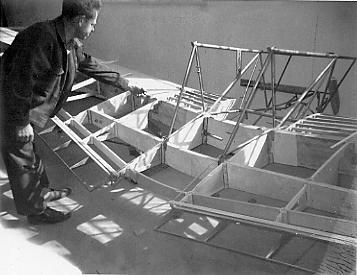
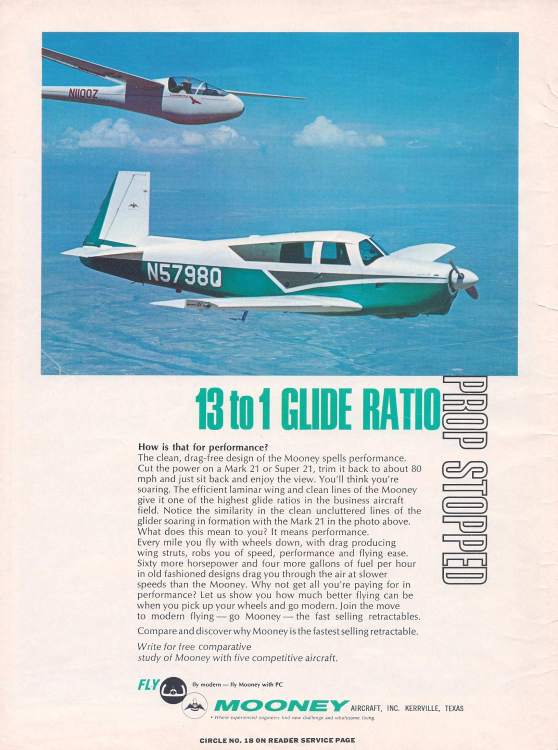
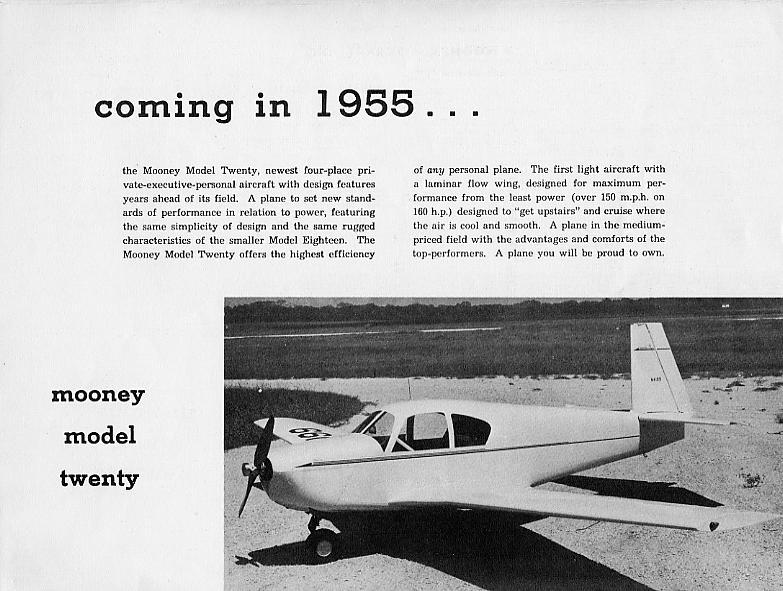
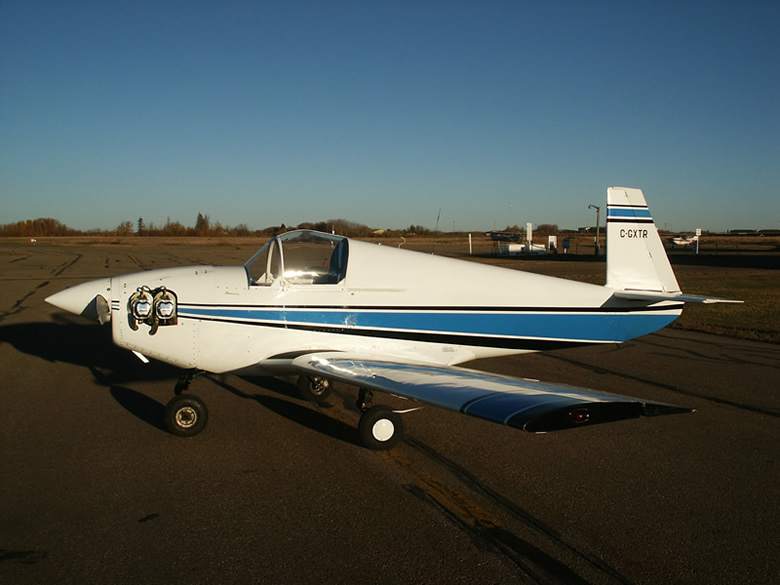

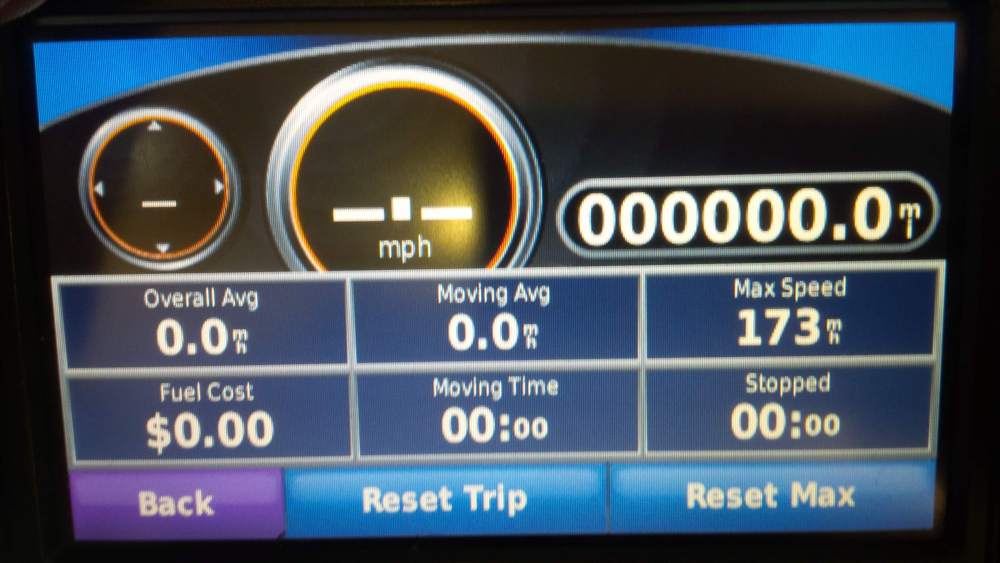
.thumb.jpg.1142bb9ae5c492009d5906e667dd34fb.jpg)
.thumb.jpg.18899820c5b12b09c187c691c366d6d9.jpg)
